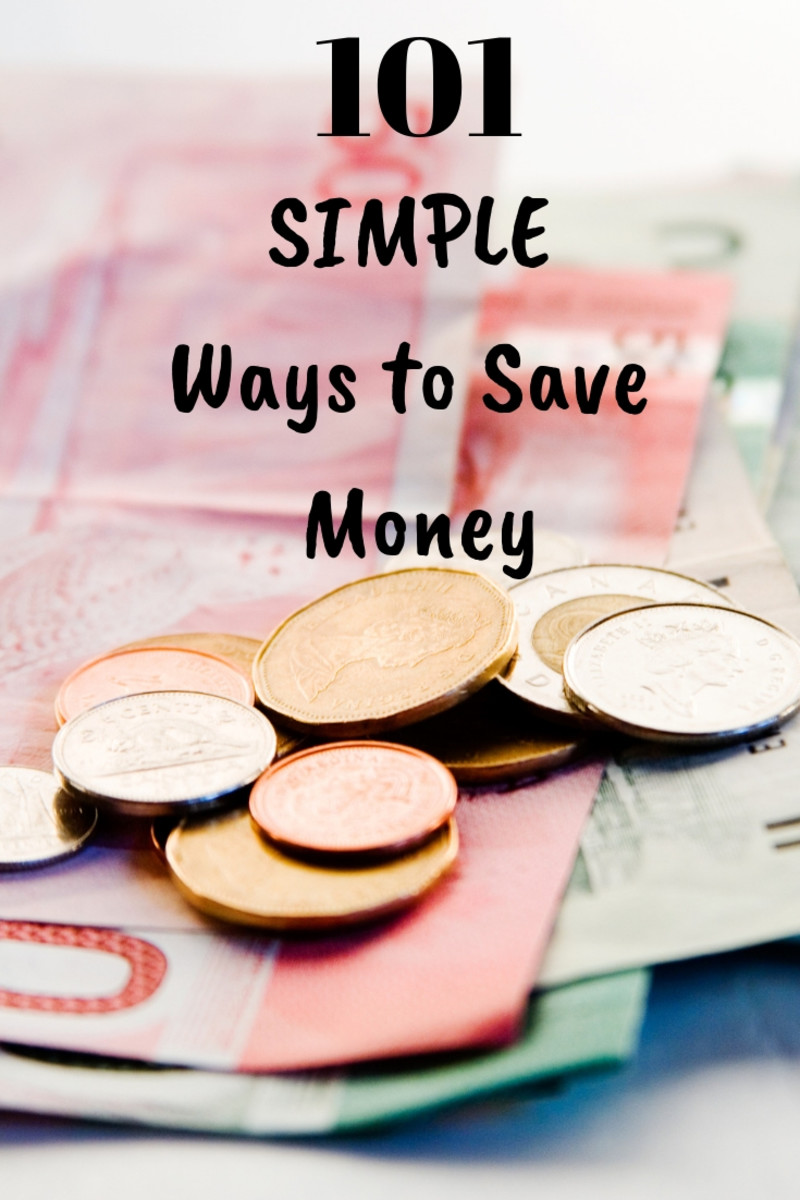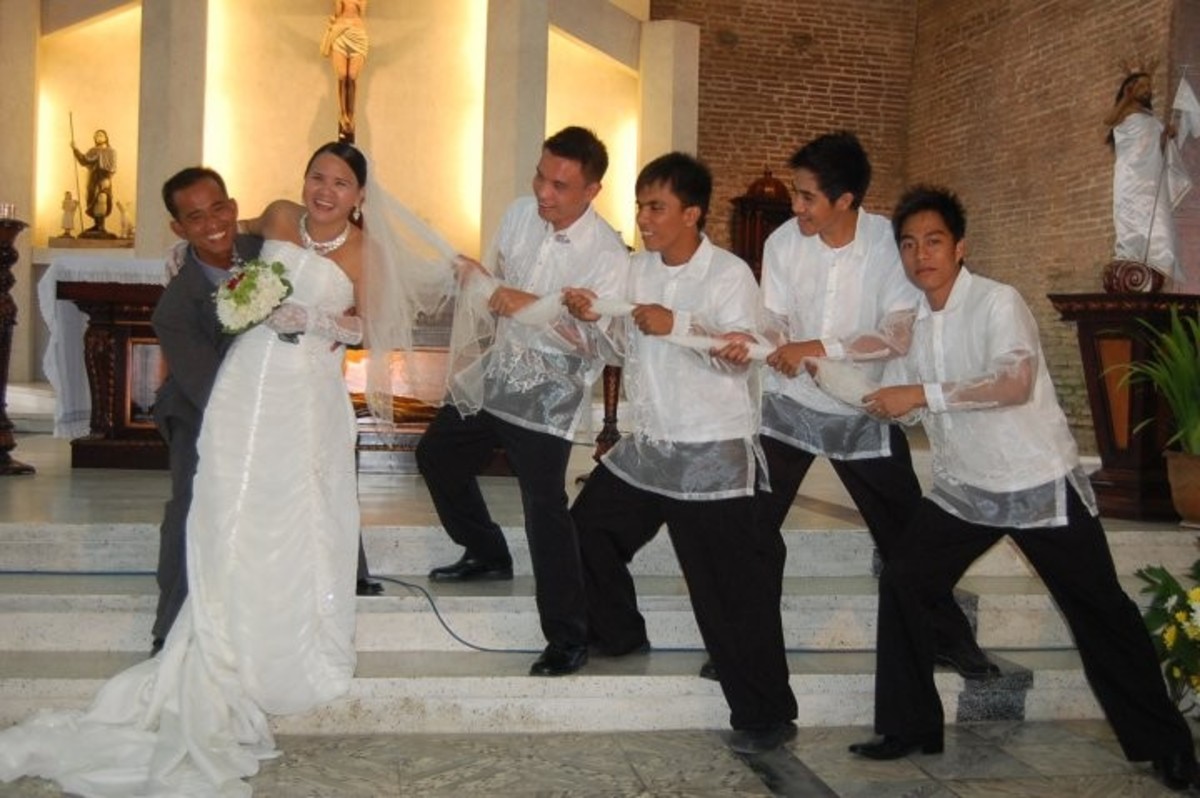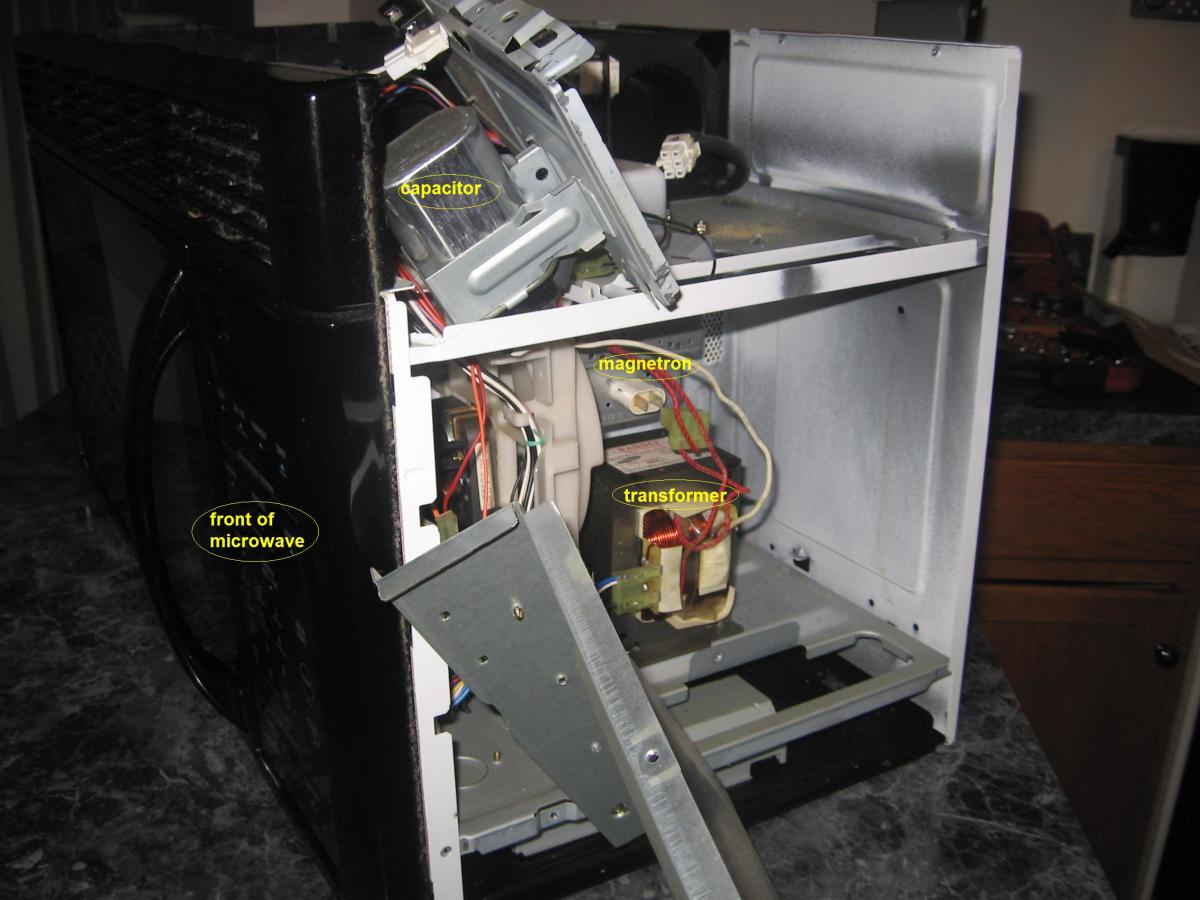15 Places to Hide $20
Save A Little Money By Hiding It Away
Have a spare $20? If so, you are only going to spend it if it stays in your pocket. If you have your money in the bank, you might snag it with your debit card, or it might be eaten by ATM fees or an automatic bill pay schedule.
$20 may not seem like much money to some. It probably won't pay a bill or buy groceries for a week. But if you have a twenty dollar bill somewhere in your home or on your person, then you will never be truly broke.
Unless you spend it. Which is why you need to hide it. Not from robbers, from you. Hide it and forget it unless there is an absolute emergency.
Before we get into all the great hiding places, lets look at how you can make sure that money stays saved.

How to Save Your $20
First, let me say that it doesn't have to be twenty dollars. You can save back $5, $10, or even $100. We are only going to use $20 here as an example, since that amount is substantial enough to cover you in case of MOST emergencies that require cash.
Your first task is to come up with the money. Don't carve it out of the grocery list or any other necessary budget. If you have to sacrifice to save, aim for an area that won't cause you to starve or miss a payment. If you do, you will just need to spend your secret money right away.
Once you have it, here is how to hang on to it:
- Don't spend it.
That's it. Not spending it isn't always easy though. Which is why it is okay to use your savings for emergencies. Refer to the table below for an idea of what an emergency really is. Once you've done that, it is time to find a hiding place.
Emergency Expense or Not?
Emergencies
| Non-Emergencies
|
|---|---|
Unexpected shortage of necessary food items, baby formula etc.
| Seeing a movie
|
Sudden need for medication
| Pedicure
|
A necessary home repair (utilities, leaky roof, etc. Not cosmetic.)
| Gourmet ice cream
|
A friend or relative in desperate need.
| Buying something just because it is on sale.
|
When to spend your emergency money.
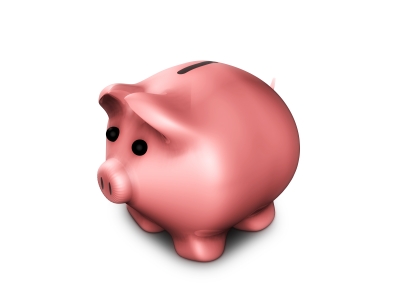
Choose Your Bank Wisely
If you don't want the world to know how much is in your piggy bank, don't get a bank with a digital readout.
1. In a Piggy Bank
This seems so obvious, but people often ignore obvious solutions. Piggy banks are not just for kids. They are handy receptacles for anyone to use. Need some more reasons to use a piggy bank?
- They come in every style imaginable. They don't have to be pink pigs.
- If they are hard to open, then they are hard to empty.
- We have been taught since childhood to get excited about saving money in a piggy bank. (incentive, incentive!)
The only downside to piggy banks is that anyone who comes in your house knows where your pocket change is kept. If you think one of your guests might have sticky fingers, choose a bank that looks inconspicuous, then store it in a no-traffic area.
2. In Your Phone Case
Slide your $20 bill behind your phone and forget about it. It can be a lot more difficult to resist spending this money, since you always know you have it on your person. If you are out though and need the cash, though, you have it.
This is not recommended if you habitually misplace your phone, or you might be in an area or situation where your phone might get stolen. Bad enough to have your phone disappear, no sense letting your last twenty bucks go too.
Your Personal Budget
How Rich Do You Feel If You Have an Extra $20?
3. In the Junk Drawer
Just about everyone has a junk drawer. It is one of the most valuable places in the home, because there where everything you actually need ends up.
So what better place to stash a $20?
If you have any sort of baskets or sorting trays in there, simply tuck your money underneath. You will know it is there with the Post-it Notes and spare rubber bands if you need it. If not, tape it to the back of the drawer. That makes it a little harder to see it and spend it on an impulse.
The good thing about this spot is that no one is going to see it. Your friends, relatives, and family members probably avoid that drawer unless they see something they want on top of all the rubble.
4. Put Your Money In the Bank
Despite this article opening with the suggestion that banking your money is a bad idea, it really isn't. But if you want to protect your $20, then you need to keep it out of your checking account.
Open a savings account if you don't have one already. Keep your saved money and your daily expense funds separate!
That means that when you look over your accounts and see the combined total you have in the bank, subtract that $20 immediately. Pretend it is gone. If you consider it part of your balance, then you are going to end up using it whether you need to or not.
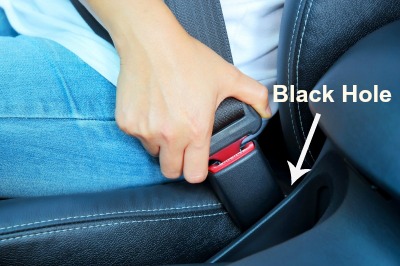
5. The Black Hole
Where is the black hole? It is that area around your seat buckle in the car. In theory, everything that falls into this crevice should end up in the floor. If you have ever lost anything down that hole, then you know that it is rarely, if ever, found again.
Therefore, if you are using this as your secret hiding place, it is recommended that you place your $20 in some sort of container or bag that can loop over the buckle.
Of course, if you really don't want to spend that money, just drop it down there without a safety harness. Just remember that you left it there before you have someone else detail your car.
Again, this is not the place to store your cash if you are tempted by every new pair of shoes or or fast food outlet in your path. It is a helpful place if for some reason you run low on gas, or need a drink after being stuck in construction for 4 hours.
10 Places Around the House
From the obvious to the bizarre, your home is full of interesting places to stick that precious bill. Have fun with these suggestions:
- Taped to the ceiling fan blade
- In an empty cigarette pack in the desk
- Under the diaper pail bag (in a Ziplock, of course!)
- Pocket of a never-worn coat in the closet
- Cookie Jar
- Taped to the back of your checkbook cover
- In the case with your least favorite DVD
- In a purse stored in your closet
- In an empty medicine bottle or film case in your craft room.
- Bottom of the First Aid kit.
Save That Nest Egg!
Twenty is not much of a nest egg, but it is a good start. If you don't spend it in a month, try to add more bills to it whenever you can. Before long, your money will multiply and you will never have to worry about an emergency again.
Word of warning though. It is not recommended to keep too much cash in the house, the car, or on your person. In the event that you were robbed, or a disaster of some sort struck, you would lose your savings. It isn't so bad to lose $20, but after you reach $100, you might want to think about a nice savings account. (or at least a fire-proof safe).



